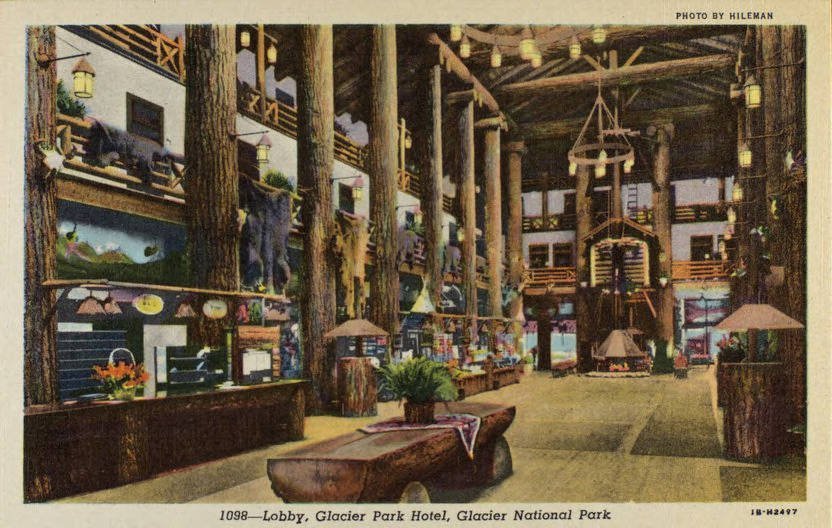Grizzly and black bear feeding ecology in Glacier National Park is a complex interplay of seasonal dietary shifts, habitat utilization, and adaptive behaviors. These omnivorous mammals exhibit distinct foraging patterns, with grizzlies focusing on a diverse diet including vegetation, berries, nuts, and animal protein, while black bears primarily consume plant matter. Both species adjust their feeding habits throughout the year, responding to food availability and environmental changes within the park’s diverse ecosystem.
What Are the Key Differences in Grizzly and Black Bear Diets?

Grizzly and black bears in Glacier National Park have distinct dietary preferences and foraging behaviors:
Grizzly Bear Diet:
- More diverse, including both plant and animal matter
- Higher proportion of animal protein (ungulates, fish)
- Extensive digging for roots and small mammals
- Seasonal focus on high-calorie foods like whitebark pine nuts
Black Bear Diet:
- Primarily plant-based
- Less reliance on animal protein
- More frequent consumption of berries and insects
- Opportunistic feeding on human food sources when available
How Do Seasonal Changes Affect Bear Feeding Patterns?

Bear feeding patterns in Glacier National Park vary significantly with the seasons:
Spring:
- Grizzlies: Winter-killed carrion, newborn ungulates, grasses, sedges
- Black Bears: Green vegetation, insects, early berries
Summer:
- Grizzlies: Berries, fish, army cutworm moths, herbaceous plants
- Black Bears: Berries, nuts, succulent plants, insects
Fall:
- Grizzlies: Whitebark pine nuts, berries, roots, elk (during rut)
- Black Bears: Nuts, late-season berries, woody plant parts
What Are the Specific Dietary Components for Grizzly Bears?
Grizzly bears in Glacier National Park have a varied diet that includes:
- Vegetation:
- Grasses
- Sedges
- Dandelions
- Clover
-
Fireweed
-
Berries:
- Huckleberries
- Strawberries
-
Buffaloberries
-
Nuts and Seeds:
-
Whitebark pine nuts (crucial in fall)
-
Roots and Bulbs:
- Glacier lily
- Biscuit root
-
Yampa root
-
Animal Protein:
- Ungulate carrion
- Newborn elk and deer calves
- Fish (e.g., cutthroat trout)
-
Small mammals (ground squirrels)
-
Insects:
- Army cutworm moths
How Do Black Bears Forage in Glacier National Park?
Black bears in Glacier National Park exhibit unique foraging behaviors:
- Climbing Ability:
- Short, curved claws ideal for tree climbing
-
Access to fruits and nuts in tree canopies
-
Preferred Food Sources:
- Berries (various species)
- Nuts (when available)
- Grasses and herbaceous plants
-
Insects (ants, bees)
-
Opportunistic Feeding:
- Attraction to human food and trash
-
Occasional raiding of beehives for honey
-
Seasonal Adaptations:
- Spring: Focus on green vegetation and insects
- Summer: Shift to berries and nuts
- Fall: Consumption of woody plant parts and late-season fruits
What Impact Does Climate Change Have on Bear Food Availability?
Climate change affects bear food availability in Glacier National Park:
- Phenological Shifts:
- Earlier spring plant growth
-
Altered timing of berry production
-
Whitebark Pine Decline:
- Increased susceptibility to pine beetle infestations
-
Reduced availability of crucial fall food source for grizzlies
-
Changes in Ungulate Populations:
-
Potential impacts on carrion availability for grizzlies
-
Altered Fish Spawning Patterns:
-
Possible effects on grizzly bear fishing opportunities
-
Expansion of Non-Native Plant Species:
- Introduction of new food sources
- Potential displacement of native bear foods
How Do Bears Adapt Their Behavior to Food Availability?
Bears in Glacier National Park demonstrate behavioral adaptations to food availability:
Grizzly Bears:
- Altitudinal Movements:
- Shift to higher elevations in summer for emerging vegetation
-
Descend in fall for berry patches and whitebark pine stands
-
Increased Home Range:
-
Expand territory during food scarcity
-
Diurnal Activity Shifts:
- Adjust active hours based on food availability and human presence
Black Bears:
- Increased Human-Bear Conflicts:
-
More frequent encounters with humans during food shortages
-
Arboreal Foraging:
-
Utilize climbing skills to access food in trees
-
Habitat Selection:
- Prefer areas with abundant berry-producing shrubs
What Quantitative Data Exists on Bear Food Availability?
While specific quantitative data for Glacier National Park is limited, some general trends have been observed:
| Food Source | Seasonal Availability | Importance to Bears |
|---|---|---|
| Grasses/Sedges | Spring-Summer | High |
| Berries | Mid-Summer to Fall | Very High |
| Whitebark Pine Nuts | Fall (variable) | Critical for Grizzlies |
| Ungulate Carrion | Spring | Moderate |
| Fish | Summer | Moderate (location-dependent) |
Note: Actual abundance and availability can vary significantly from year to year based on environmental conditions.
How Does Bear Feeding Ecology Influence Park Management?
Bear feeding ecology plays a crucial role in Glacier National Park management:
- Food Storage Regulations:
-
Strict rules for visitors to prevent bears from accessing human food
-
Trail and Campground Management:
-
Closures or restrictions in areas of high bear activity or important food sources
-
Education Programs:
-
Informing visitors about bear behavior and food preferences to reduce conflicts
-
Research Initiatives:
-
Ongoing studies on bear diet and habitat use to inform conservation efforts
-
Habitat Protection:
- Preservation of key food sources, such as berry patches and whitebark pine stands
By understanding the intricacies of grizzly and black bear feeding ecology in Glacier National Park, managers can better protect these iconic species while ensuring visitor safety and preserving the park’s natural ecosystem balance.
References:
1. Habitat Relationships of Grizzly Bears in Glacier National Park, Montana
2. Glacier National Park Wildlife – Smoky Bear Ranch
3. Food Habits of Bears in the Yellowstone Ecosystem